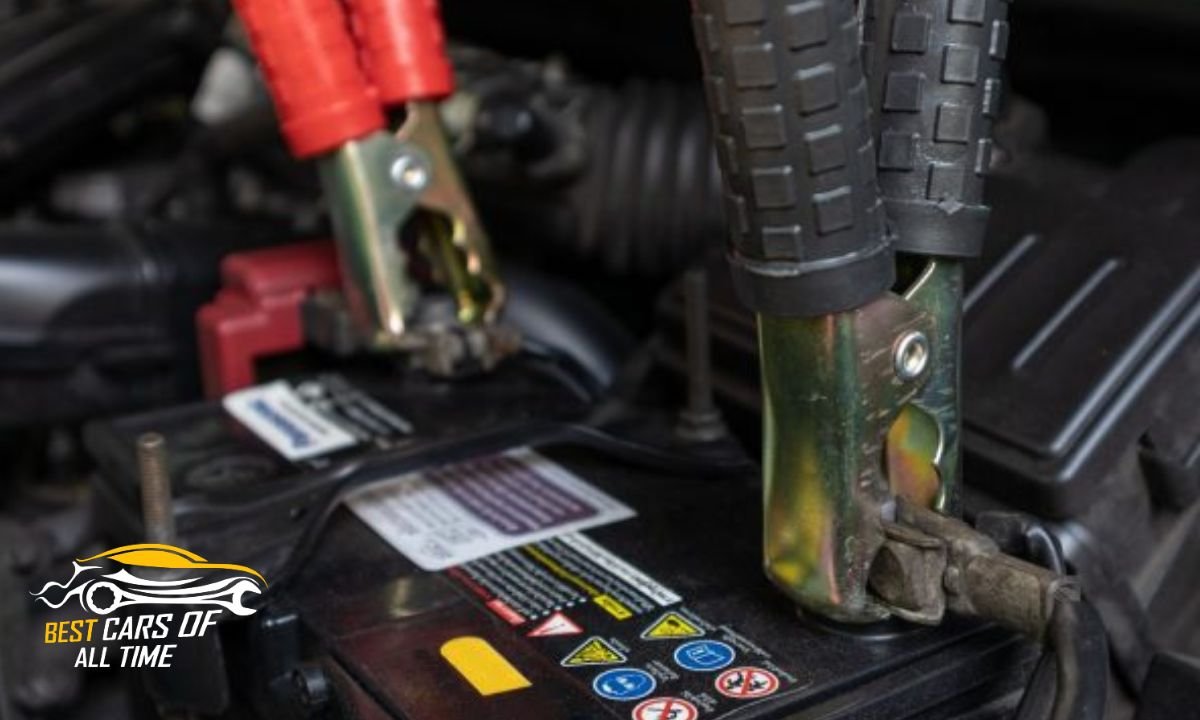Maintaining a properly charged car battery is crucial for the functionality of a vehicle. One common question that arises is how long to charge car battery while driving it takes to charge a car battery while driving. This article aims to provide a comprehensive understanding of the charging process during driving and factors that influence the charging duration.
How Many Volts in a Fully Charged Car Battery?
A fully charged car battery typically has a voltage between 12.6 and 12.8 volts. This voltage indicates the battery’s state of charge and its ability to provide power to the vehicle’s electrical system.
Explanation of How the Car Battery Charges While Driving
When the engine is running, the alternator generates electricity that powers the vehicle’s electrical systems and also charges the battery.
The alternator converts mechanical energy from the engine into electrical energy, which is then used to charge the battery. The alternator output voltage is typically higher than the battery voltage to ensure efficient charging.
Factors Affecting the Charging Process During Driving
Several factors influence the charging process while driving. The speed of the engine affects the rotation speed of the alternator, which, in turn, affects the charging rate. Higher engine speeds generally result in faster charging.
The electrical load placed on the alternator, such as headlights, air conditioning, and other accessories, can impact the charging rate.
Role of the Alternator in Charging the Car Battery
The alternator plays a crucial role in charging the car battery. It consists of a rotor, stator, diode rectifier, and voltage regulator. As the engine runs, the alternator’s rotor spins, inducing an alternating current in the stator windings.
The diode rectifier converts this alternating current into direct current, which charges the battery. The voltage regulator controls the output voltage of the alternator, ensuring a stable charging rate.
Function of the Voltage Regulator in Controlling the Charging Process
The voltage regulator regulates the output voltage of the alternator. It monitors the battery’s voltage and adjusts the field current in the alternator to maintain a steady charging voltage. This prevents overcharging or undercharging of the battery and helps prolong its lifespan.
Typical Charging Rate of Car Batteries While Driving
The typical charging rate of a car battery while driving is around 13.5 to 14.5 volts. However, the actual charging rate can vary depending on the vehicle’s design, alternator capacity, and electrical load. It’s important to note that the charging rate may not be constant throughout the entire driving duration.
Factors Influencing the Charging Duration
Several factors can influence the charging duration while driving. Driving conditions, such as stop-and-go traffic versus highway driving, can impact the charging rate. Additionally, the battery’s condition plays a significant role. An older or deteriorated battery may take longer to charge compared to a new or well-maintained battery.
Battery Condition and Charging Time
The age and health of the battery can affect the charging time. Older batteries tend to have reduced capacity and may require more time to charge fully. Additionally, a battery with internal issues, such as sulfation or low electrolyte levels, may experience slower charging.
Maintaining a Healthy Battery through Regular Maintenance and Inspection
To ensure optimal charging performance, regular battery maintenance is essential. This includes checking the battery’s state of charge, cleaning the terminals, and inspecting for any signs of damage. Additionally, following the vehicle manufacturer’s recommended maintenance schedule helps identify potential battery issues before they escalate.
Signs of Battery Charging Issues
Certain warning signs may indicate potential battery charging problems. These include dim headlights, slow power window operation, a weak or dead battery, or the battery warning light illuminating on the dashboard. If any of these signs are present, it is advisable to have the charging system inspected by a professional.
Battery Charging Safety Precaution
When dealing with battery charging, it is crucial to follow manufacturer guidelines and take necessary safety precautions:
Following Manufacturer Guidelines for Charging Procedures: Manufacturers provide specific instructions on how to charge a battery safely. It is important to read and follow these guidelines to avoid any damage to the battery or potential safety hazards.
Handling Battery Terminals and Connections with Caution: Battery terminals carry electrical current, and mishandling them can result in electric shocks or short circuits. Always wear appropriate safety gloves and eye protection when working with the battery. Ensure that the vehicle’s engine is off and the ignition key is removed before attempting any battery maintenance.
FAQs
What Not to Do After Jump Starting a Car?
After jump-starting a car, avoid immediately turning off the engine. Allow it to run for a while to allow the alternator to recharge the battery. Also, avoid disconnecting the jumper cables while the engine is running to prevent voltage spikes.
Should I Drive My Car Right After Jumping It?
It is recommended to drive the car for at least 15-20 minutes after jump-starting to allow the alternator to charge the battery fully. This helps avoid the risk of the battery discharging again when the engine is turned off.
How Long Should I Let My Car Idle After a Jump?
After a jump start, it is not necessary to let the car idle for an extended period. 15-20 minutes of driving is generally sufficient to recharge the battery.
What Can Drain a Car Battery When the Car Is Off?
Several factors can drain a car battery when the vehicle is not in use, such as leaving lights or accessories on, a faulty electrical component, parasitic draws, or a weak battery that needs replacement.
How Do You Start a Car with a Weak Battery?
If the battery is weak but still has some charge, you can try jump-starting the car using jumper cables and another vehicle with a fully charged battery. If the battery is severely discharged or damaged, it may need to be replaced.
Conclusion
Maintaining a well-functioning charging system and a healthy car battery is crucial for vehicle reliability and performance. While the exact charging time for a car battery while driving can vary based on multiple factors, a typical charging rate ranges between 13.5 to 14.5 volts. Factors like driving conditions, battery condition, and electrical load influence the charging duration.
Regular battery maintenance and inspection help ensure a healthy battery. It is important to be aware of warning signs indicating potential battery charging issues and to follow safety precautions when handling batteries. By understanding these aspects, drivers can ensure a properly charged battery and a reliable vehicle.




